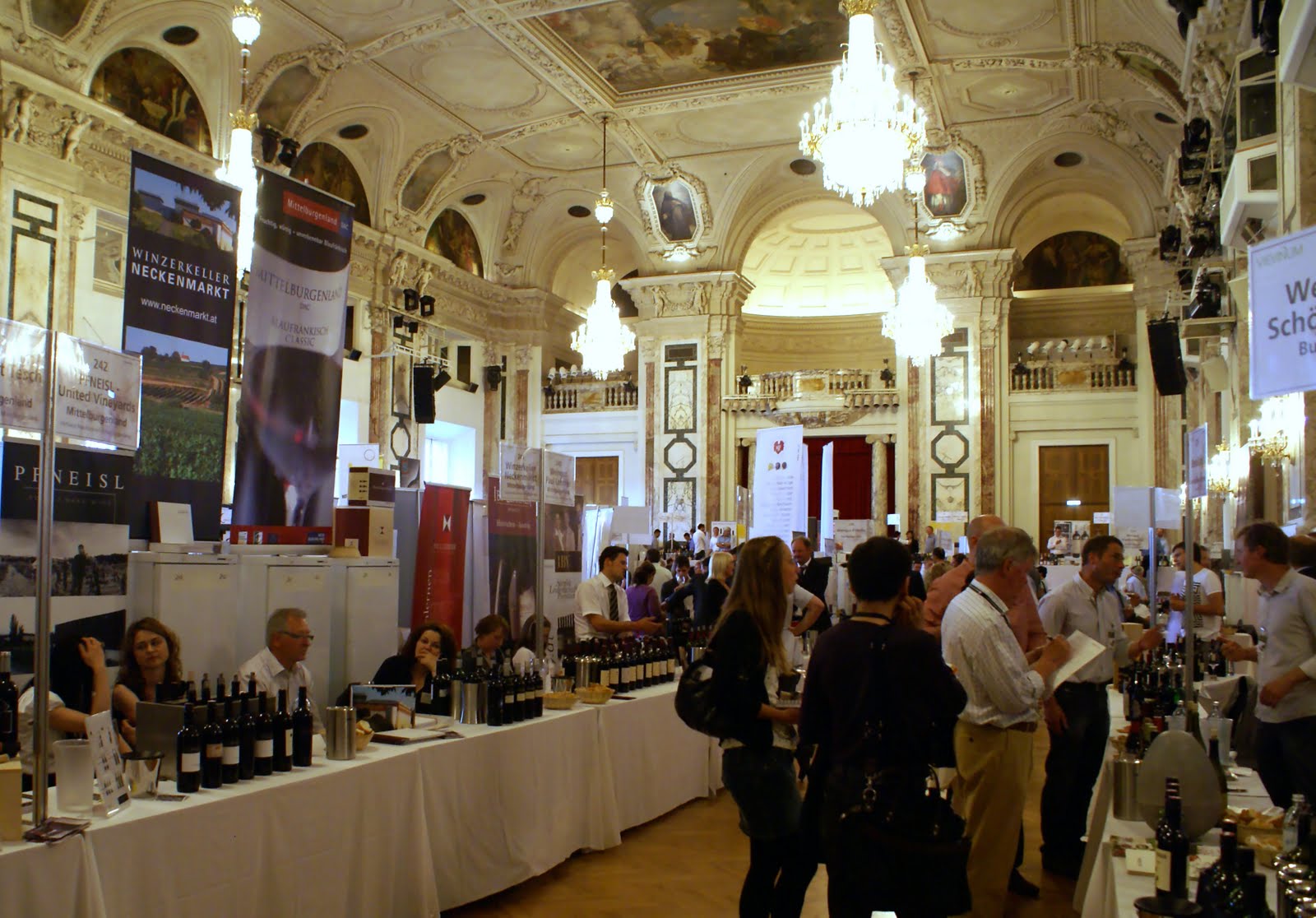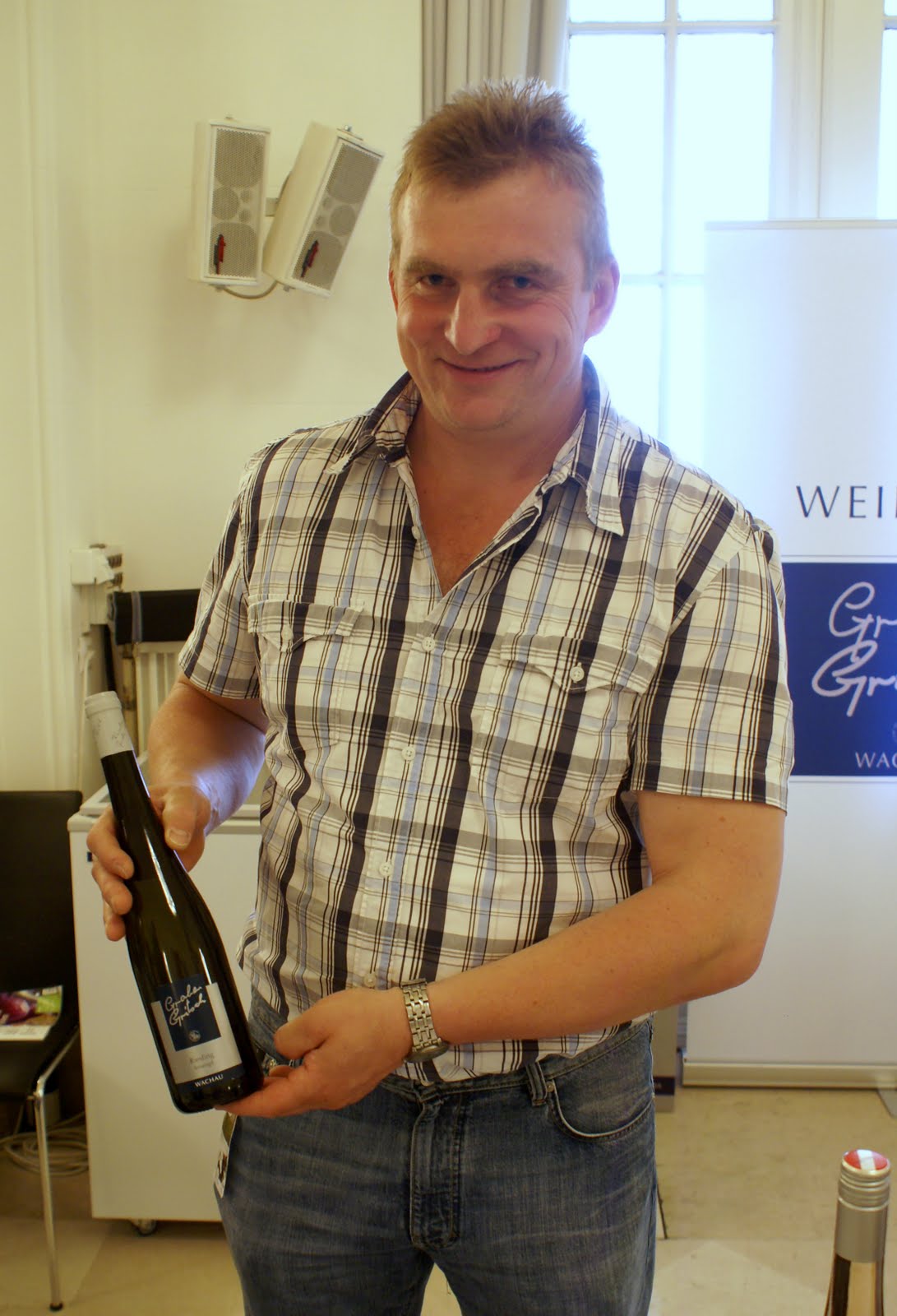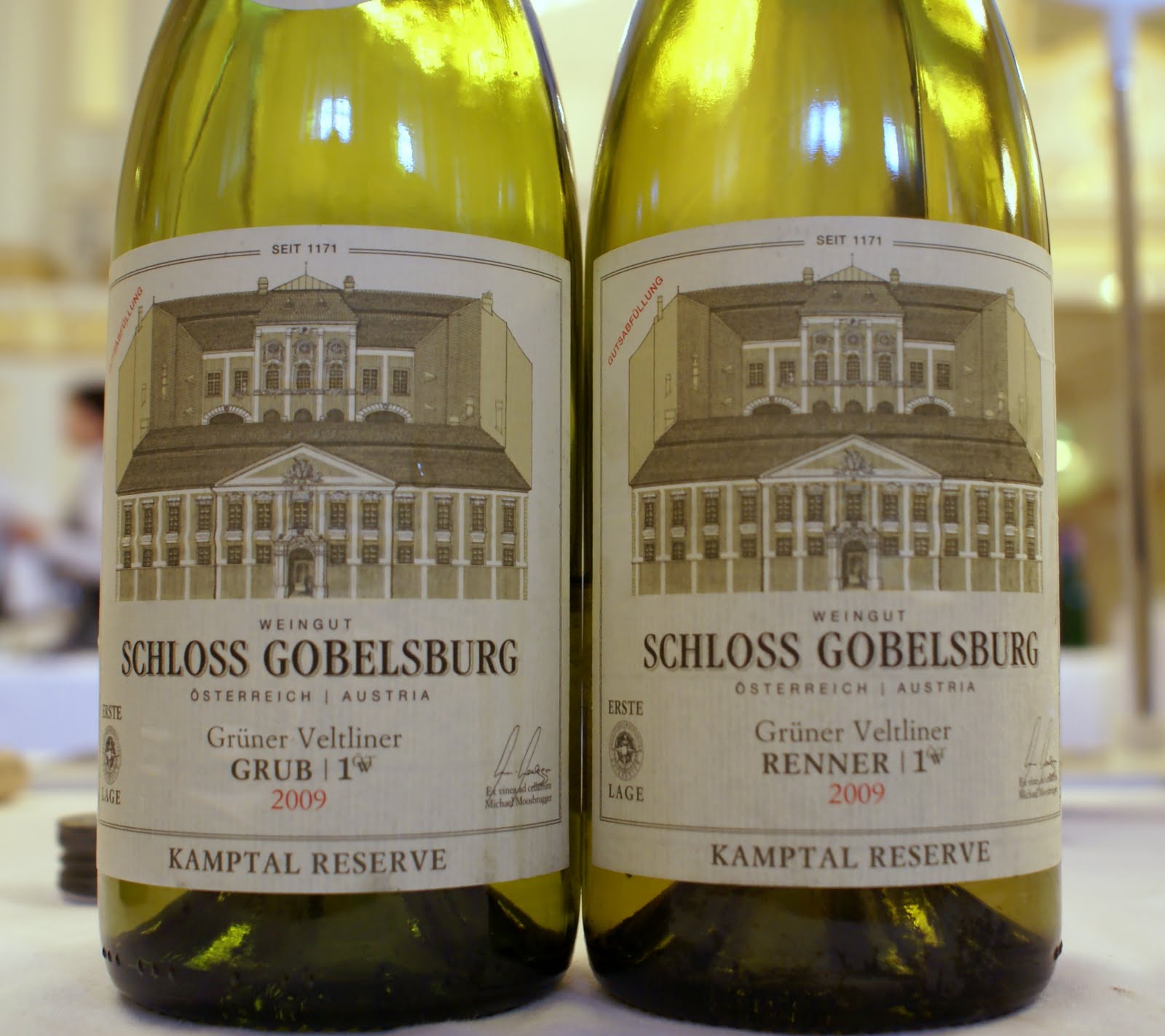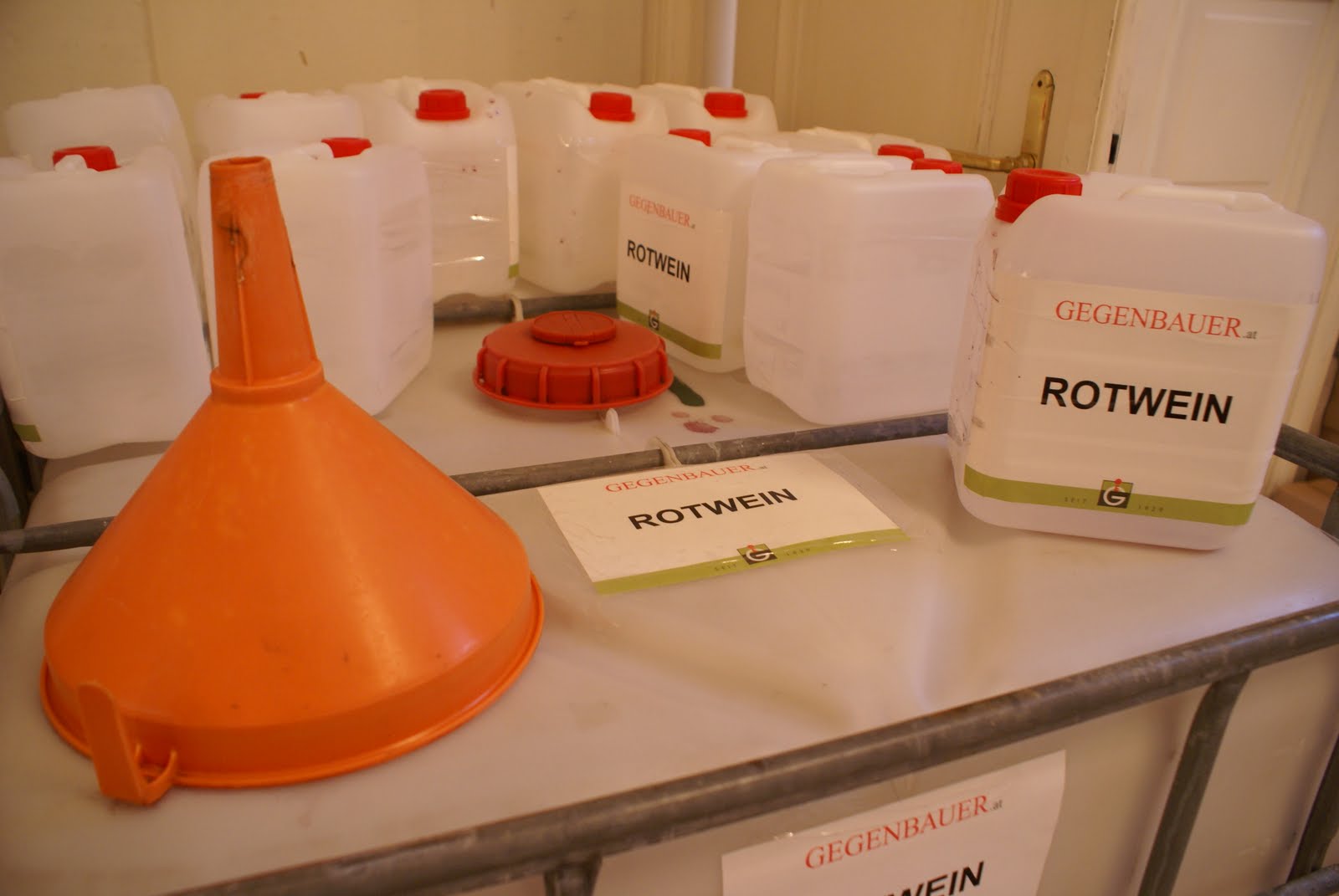Austrian marvels
My tastings this year focus on the 2009 vintage which is looking very promising for the white wines from Riesling and Austria’s signature grape, Grüner Veltliner. A warm, dry vintage, it has actually favoured Riesling a bit more, with some Veltliners crossing the thin line between rich and excessively soft. On the positive side, many of the lighter less expensive Veltliners will provide spectacularly good early drinking.
But in general I have a preference for the Rieslings which are both more aromatic and fresher in taste, with a good balance even at high ripeness. There are some lovely wines from the usual suspects such as Willi Bründlmayer in the Kamptal region (his Heiligenstein Lyra is a masterpiece of harmony and completeness), or Prager and Franz Hirtzberger in Wachau. But I’ve also tracked down some lesser-known estates with great bargains. Franz-Joseph Gritsch from the town of Spitz in the Wachau has a lovely range of Veltliners and Rieslings, and overdelivers also in the Federspiel categories (which will cost you less than 10€). Andreas Lehensteiner from Weissenkirchen has an attractively clean, firm style, and at 14€ his Hinterkirchen Riesling Smaragd is one of the region’s bargains. High up in a remote side valley in Viessling, Josef Gritsch of the Graben Gritsch estate is making some impressively puristic mineral wines including a range of lovely Gelber Muskatellers (it’s rare to see so much minerality in a Muscat), and at 14€ his Setzberg Riesling Smaragd 2009 might well be the best bargain of the fair.
There were some very good Veltliners, too, especially at the Erste Lage presentation: 2009 is the first vintage for this new category, roughly equivalent to the French grand cru and German Grosses Gewächs (see here for my post on this). Introduced in the regions of Kamptal, Kremstal, Traisental and Wagram by the private vintners’ association Traditionsweingüter Österreich, Erste Lage is a winning idea: the concept is clear (the best vineyard sites are classified and distinguished) and the quality level of the wines is high.





